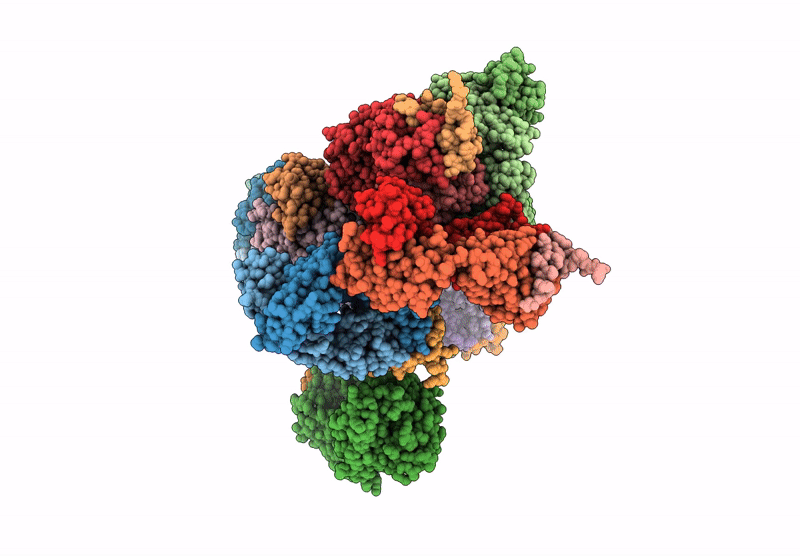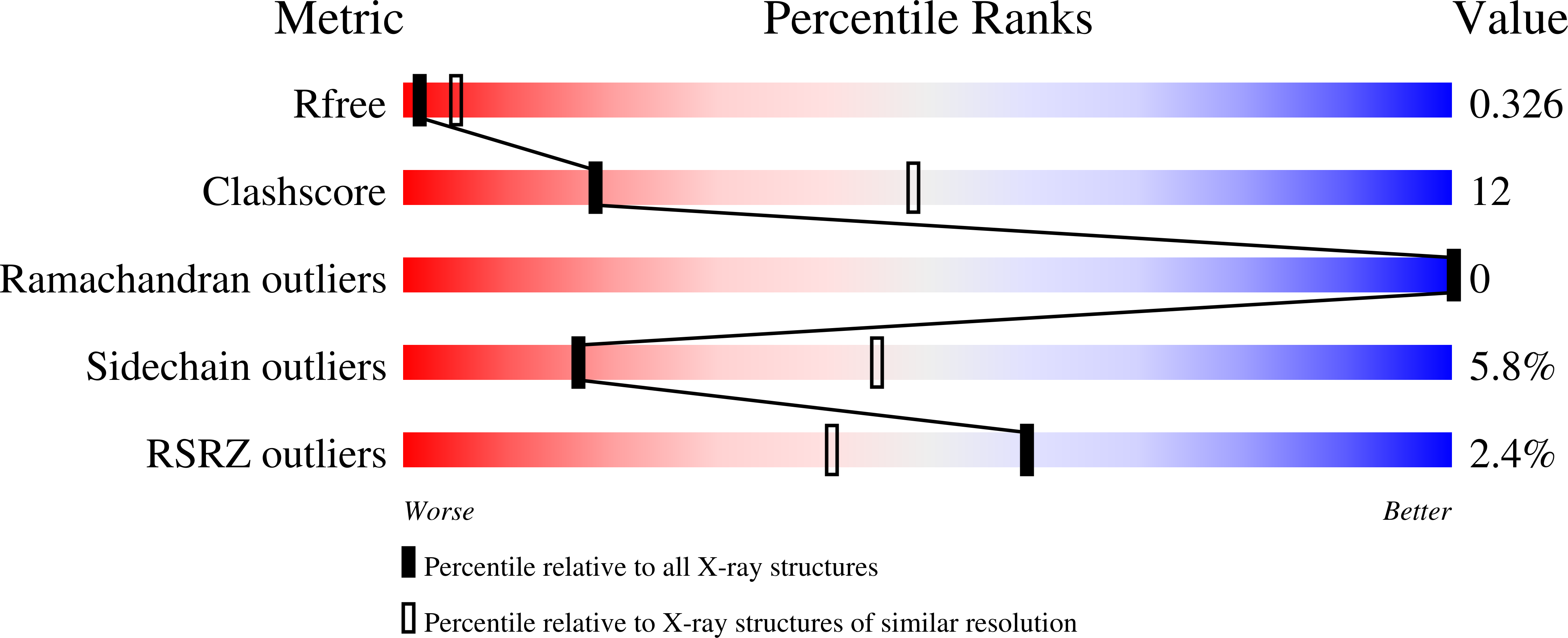
Deposition Date
2024-07-19
Release Date
2025-02-19
Last Version Date
2025-04-02
Entry Detail
PDB ID:
9CQD
Keywords:
Title:
Antibody 2B11 bound to the central conserved domain of RSV G
Biological Source:
Source Organism:
Respiratory syncytial virus A2 (Taxon ID: 1972429)
Homo sapiens (Taxon ID: 9606)
Homo sapiens (Taxon ID: 9606)
Host Organism:
Method Details:
Experimental Method:
Resolution:
3.10 Å
R-Value Free:
0.32
R-Value Work:
0.29
R-Value Observed:
0.29
Space Group:
P 1 21 1


